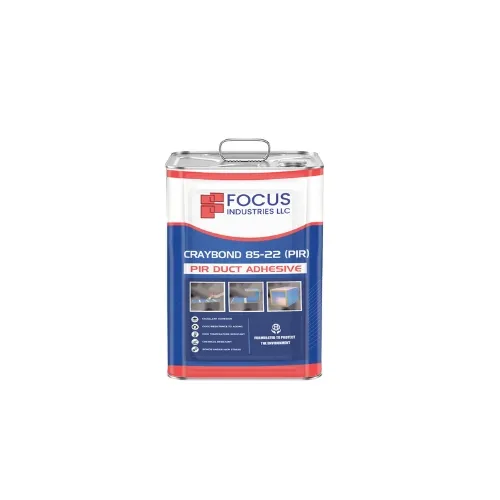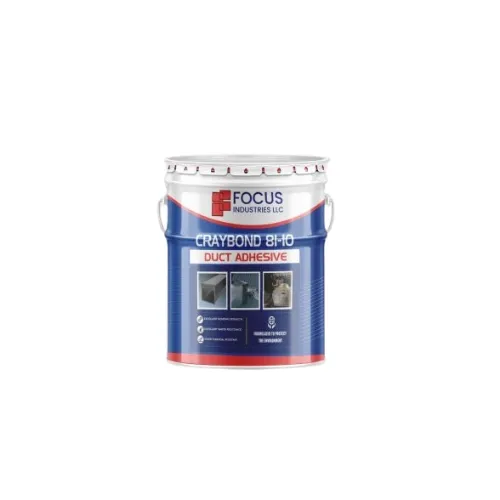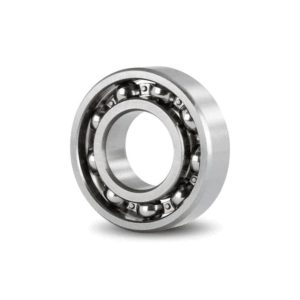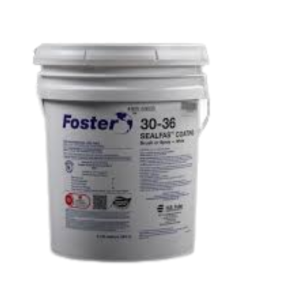Description
The Duct Adhesive Glue PIR is a professional-grade adhesive designed for bonding PIR (Polyisocyanurate) panels and insulation boards in HVAC ducting systems. With excellent bonding strength, it provides an airtight, durable seal that prevents air leakage and enhances energy efficiency.
Engineered for ease of application, this adhesive ensures quick drying, high tack, and long-term durability, making it an essential solution for HVAC duct fabricators, contractors, and technicians. It adheres effectively to a variety of surfaces including galvanized steel, aluminum sheets, PIR boards, and insulation layers.
Whether used in commercial, residential, or industrial air-conditioning projects, this adhesive guarantees secure bonding, thermal stability, and resistance to vibration and temperature changes, ensuring reliable duct system performance.
Specifications
-
Product Type: PIR Duct Adhesive Glue
-
Application: For bonding PIR duct panels & insulation boards
-
Surface Compatibility: PIR, galvanized steel, aluminum, insulation materials
-
Features: High strength, quick drying, airtight seal
-
Color: Typically clear or light (depending on brand)
-
Drying Time: Fast curing (varies by application thickness)
-
Use: Indoor and outdoor HVAC duct installations
Applications
-
HVAC duct panel bonding (PIR ducts)
-
Sealing & assembling insulated duct systems
-
Air-tight bonding for energy efficiency
-
Residential, commercial & industrial duct fabrication
FAQs
Q1: What is Duct Adhesive Glue PIR used for?
A1: It is used for bonding PIR panels and insulation boards in HVAC ducting systems to ensure airtight and durable joints.
Q2: Can it be applied to metal surfaces like galvanized steel or aluminum?
A2: Yes, it bonds effectively with metals commonly used in duct fabrication.
Q3: How long does it take to dry?
A3: It is fast-drying, with curing time depending on thickness and environmental conditions.
Q4: Is it suitable for high-temperature environments?
A4: Yes, it is designed to withstand HVAC operating temperatures and vibrations.
Q5: Where is it commonly used?
A5: It is widely used in HVAC workshops, duct fabrication sites, and during installation of PIR insulated ducts.








Reviews
There are no reviews yet.